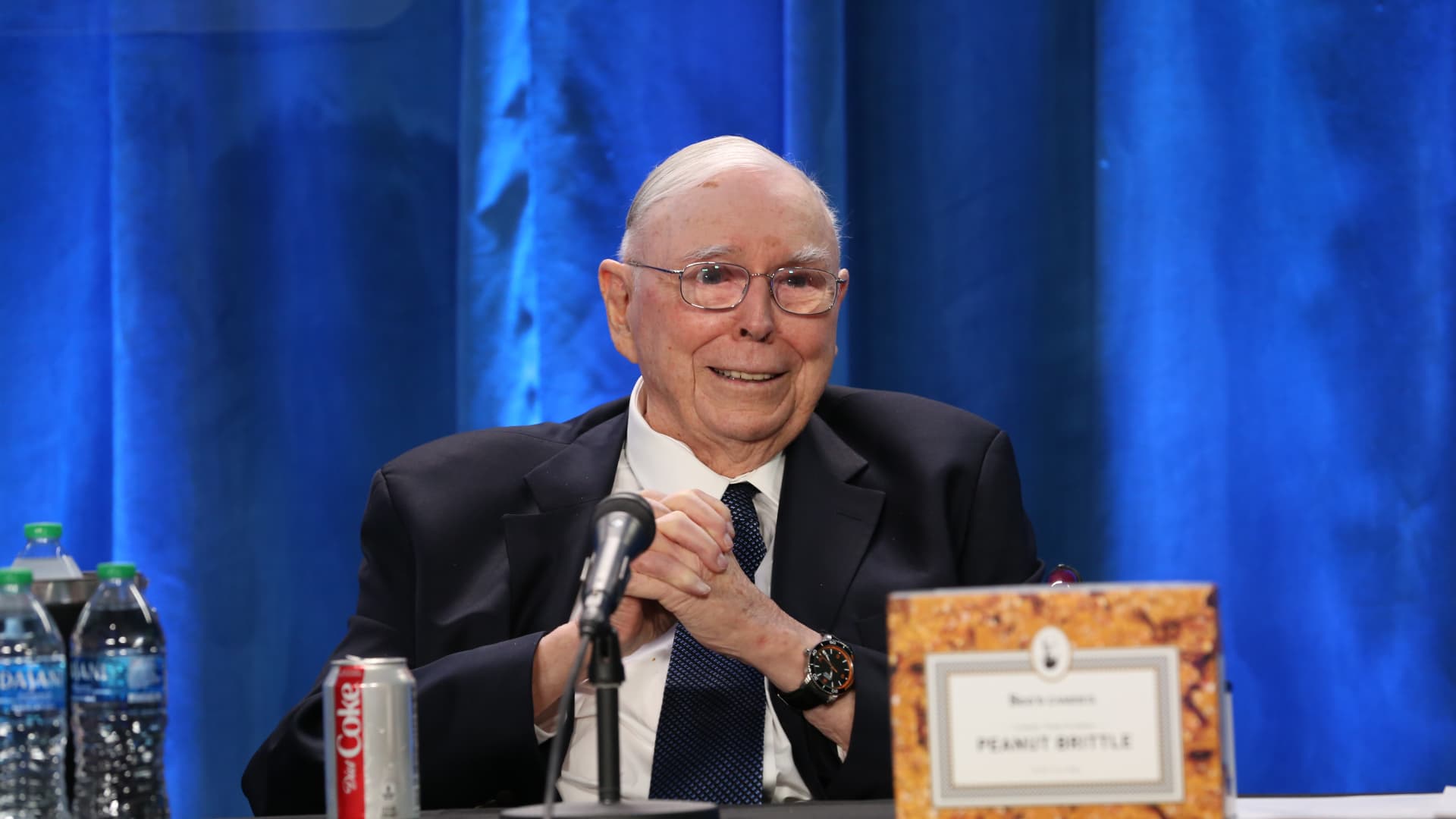Chinese companies don’t know where to put their cash — and it’s sparking a record rise in dividend payouts

The Chinese national flag fluttering with the Lujiazui Financial District in the background.
Vcg | Visual China Group | Getty Images
Chinese companies are enticing investors with record dividend payouts and share buybacks amid rigorous corporate governance reform, with some market watchers saying more are on the horizon.
Last year, Chinese listed firms paid out a record 2.4 trillion yuan ($328 billion) in dividends, according to data from the China Securities Regulatory Commission (CSRC). Additionally, companies bought back 147.6 billion yuan worth of shares — an all-time high.
Goldman Sachs estimates that Chinese companies’ cash distribution could hit $3.5 trillion this year to notch a new high, the bank’s China equity strategist Kinger Lau wrote in a note published in early February.
HSBC’s Asia equity strategist Herald van der Linde echoed similar sentiments when asked about the prospects of another year of record-high dividends.
“I think they will continue. Companies don’t know where to put their cash. They don’t get too much from the bank, so they return it up to shareholders. This is a very big shift in mindset,” he said.
More than 310 companies are expected to have distributed dividends exceeding 340 billion yuan in December 2024 and January alone, marking a nine-fold jump in the number of companies paying dividends and a 7.6-fold increase in the total payout compared to the same period last year, CSRC added in a statement.
The dividend yield on Chinese stocks also climbed to around 3%, the highest level in nearly a decade, Goldman Sachs’ data showed.
Chinese stocks with high-dividend yields outperformed those in Asia’s emerging markets by around 15%, according to index data.
A priority for the government
China’s government has been actively promoting companies to pay higher shareholder returns by providing tax incentives to them, said HSBC’s van der Linde.
Improving shareholder returns became a priority for the State Council and the CSRC in 2024. Last October, China’s central bank launched a 300 billion yuan targeted relending program to help listed companies and major shareholders buy back shares. In April of 2024, regulators also reinforced stock listing standards, clamped down on unlawful share sales, and bolstered the regulation of dividend payouts.
In August of last year, 677 listed companies reported cash dividend plans, up from 500 from the same period last year in 2023, data from the China Association for Public Companies showed.
This is very much driven by Beijing in a move to improve corporate efficiency. When Beijing says jump, the SOEs say, ‘how high?’
Jason Hsu
Rayliant Global Advisors
State-owned enterprises. in particular. have been at the forefront of this surge in dividend payouts and share buybacks, noted Allianz Global Investors. Some notable companies include PetroChina, with a dividend yield of around 8%, and CNOOC Group with a 7.54% yield.
“This is very much driven by Beijing in a move to improve corporate efficiency. When Beijing says jump, the SOEs say, ‘how high?'” said Jason Hsu, founder and chairman of Rayliant Global Advisors, adding that the Chinese government is providing Chinese companies with favorable loan rates to finance the dividend boost.
Private companies are also increasing their cash payouts as well. For instance, e-commerce giant JD.com approved a $5 billion buyback over three years in September, on top of its 1.9% dividend yield.
For large-cap companies especially, investors can count on more record dividend payouts, especially from the SOE behemoths, Hsu told CNBC.
However, China’s dividend payout ratio, which measures the dividends doled out to shareholders vis-a-vis the company’s net income, still lags behind some of its Asian counterparts.
China’s dividend payout ratio stood at 52.58% as of late January, according to data compiled by Reuters and LSEG. While higher than Japan’s 36.12% and South Korea’s 27.6% the figure still falls behind that of Australia’s 89.2% and Singapore’s 78.13%, among others.
Drawing locals back to the stock markets
The government’s push for high-dividend payouts boosts Chinese stocks in the short run, while also attracting long-term investors from domestic and overseas markets, said Le Xia, chief economist for Asia at BBVA Research.
However, this could also mean more cash payouts flowing out of China to offshore markets, which could exert some pressure on the Chinese yuan, Xia told CNBC.
The higher dividend payouts are good for placating local investors in the short term because there’s really “no other place for Chinese to hold their money” aside from gold, as the country’s real estate and equities market remain in the doldrums, said Shaun Rein, managing director of China Market Research Group.
The sentiment around China’s economy and markets has been poor in recent years. An initial surge in the country’s benchmark CSI 300, sparked by a blitz of government measures introduced in September, has petered out.
“The simple way to look at it, you should be paid enough in dividends, or some other common action, for you to take the pain of the fact that the recovery might not happen in valuations,” said Julius Baer’s chief investment officer for Asia, Bhaskar Laxminarayan.
Investors are being paid for their patience, he said. “If you’re not, then it’s not worth it.”
Dividends get cash into the hands of households, and the attractive yields will draw investors back into the stock market — especially those looking for alternatives to low-yielding bank deposits, said Rayliant Global Advisors’s Hsu.
“To be paid a very high-dividend yield, while waiting for [a] catalyst, is a pretty good trade,” said Hsu.









